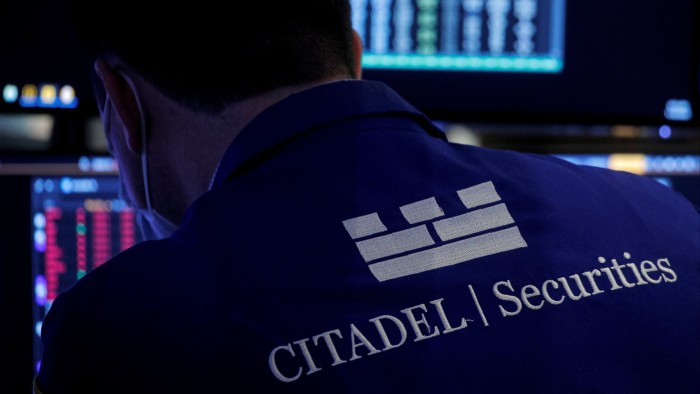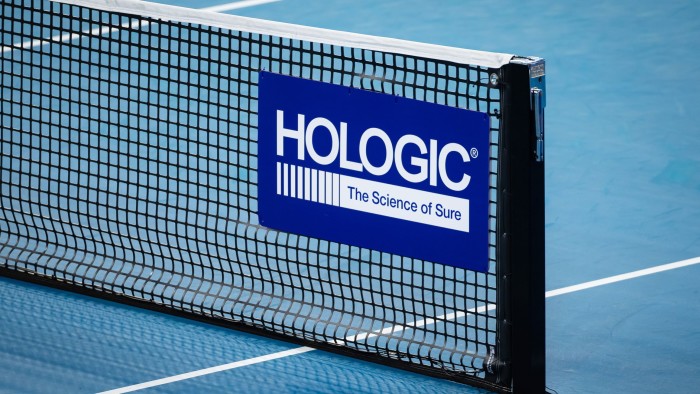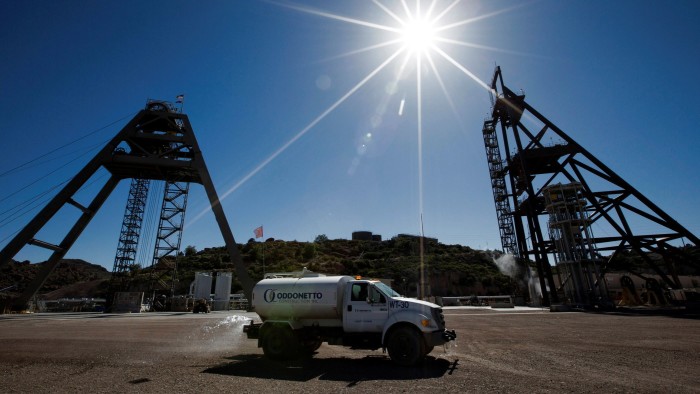Cricket gives Disney-Ambani unit in India almost as many users as Netflix
India’s largest streaming platform JioHotstar has amassed more than 280mn subscribers in recent months driven by the popularity of the world’s richest cricket league, according to the company, almost as many as the world’s largest streamer Netflix has globally.
JioStar, the six-month-old product of a merger of a unit from Mukesh Ambani’s Reliance media empire with Disney in India that is also backed by James Murdoch, now owns the digital and television rights for the tournament, previously split between the two rivals.
Fans used to be able to watch matches on Reliance’s Jio for free, but since the merger, cricket fans have had to subscribe to JioStar’s service. Subscriptions to JioHotstar — the streaming platform — have jumped from 50mn in March to 280mn this month, just shy of the 300mn claimed by Netflix globally.
“It has been the biggest season of IPL till now. Both in terms of viewership as well as monetisation,” Sanjog Gupta, JioStar’s chief executive for sports, told the Financial Times.
Since the tournament began on March 22, some 450mn people have watched cricket on TV and the same number again on digital platforms, Gupta said, although there has been some overlap. Viewer data is not public in India.
The IPL had “pretty much delivered on all four vectors of growth [for JioStar]”, he said, referring to subscription and advertising on digital and TV.
The network hopes that these viewers will stick around after the cricket ends on June 3, and watch Hollywood movies and shows from Paramount to Pixar and HBO, to which it has exclusive rights.
“While IPL acts as almost the gravitational pull for the consumer, the idea is once you bring the consumer through the gate, you ensure that the consumer has widened access to this vast content library, enabled by a seamless experience on the platform,” Gupta said.
The surge in subscriptions, with monthly packages starting as low as $0.60, caps a difficult period for broadcasters, which have struggled to profit from a cricket league that has been hugely profitable for the Indian cricket board and the individual teams but not for the media companies that paid for the rights.
Broadcasters paid $6.2bn for the cricket rights for the five years till 2027, making it one of the most lucrative in the sports world. The high figure also reflected the fierce competition between Reliance, Disney and Sony.
But broadcasters have until now struggled to profit from it in part because of the rivalry that saw Reliance offer access for free for two years, but also because of India’s fragmented market, cheap advertising rates and viewers’ unwillingness to pay.
Even after the merger that led to the creation of JioStar, there are still questions as to how easily it can make money from the league. Leagues such as the NFL in the US and EPL in the UK benefit from higher domestic advertising spends and global appeal, analysts say.
Investment bank Jefferies said last year that while the IPL generates “substantial advertising revenues, it does not make up for the costs paid by broadcasters”, although it helps them build an “immense subscriber base”.
The advertising revenue for the IPL in 2023 was less than half of the $113mn broadcasting cost, it said.
India Business Briefing
The Indian professional’s must-read on business and policy in the world’s fastest-growing big economy. Sign up for the newsletter here
The importance of cricket, the most popular sport in the world’s most populous country, was made clear to Disney when its digital platform Hotstar lost IPL rights to Reliance’s Jio in 2022. Hotstar’s subscribers fell from 61.3mn in 2022 to 36mn in 2024.
The changes in India’s media landscape — the collapse of Sony’s proposed merger with Zee Entertainment and the emergence of JioStar — also changes the calculation for the cricket league.
D and P Advisory, which publishes an annual report on the IPL, estimated the enterprise value of IPL and the franchises at $9.9bn last year, down from $11.2bn in 2023, as it anticipated “demand-side constraints in the next IPL media rights cycle auction due to a decrease in competition”.
Santosh N, the advisory’s managing partner, told the FT that “the combined might of Reliance and Disney will mean that they would squeeze everybody in the ecosystem” and without any serious contenders, they “may not even bid a premium” for the next rights cycle.
With cricket the one sport popular across India, experts say, it is extremely difficult for advertisers to sit it out. Media Partners Asia estimated in April that advertising revenue for IPL and its franchises would jump 50 per cent from last year to $600mn.
Shashi Sinha, India head of IPG Mediabrands, one of the global big four of advertising, said the cost of the media rights “got inflated” because of these “competitive pressures”, the three-way contest between Disney, Sony and Reliance.
“I don’t think that situation will come away again,” he added. “There will be a correction,” Sinha said, talking about the renewal due in 2027.
JioStar’s Gupta said that beyond IPL and cricket world cups “there are no other properties that effectively take over peoples’ lives and the nation’s consciousness for the period that they’re on”.
Within cricket, whenever India plays on the world stage, viewership jumps, especially when India wins. But with the IPL, Gupta said: “India plays and wins every night.”






